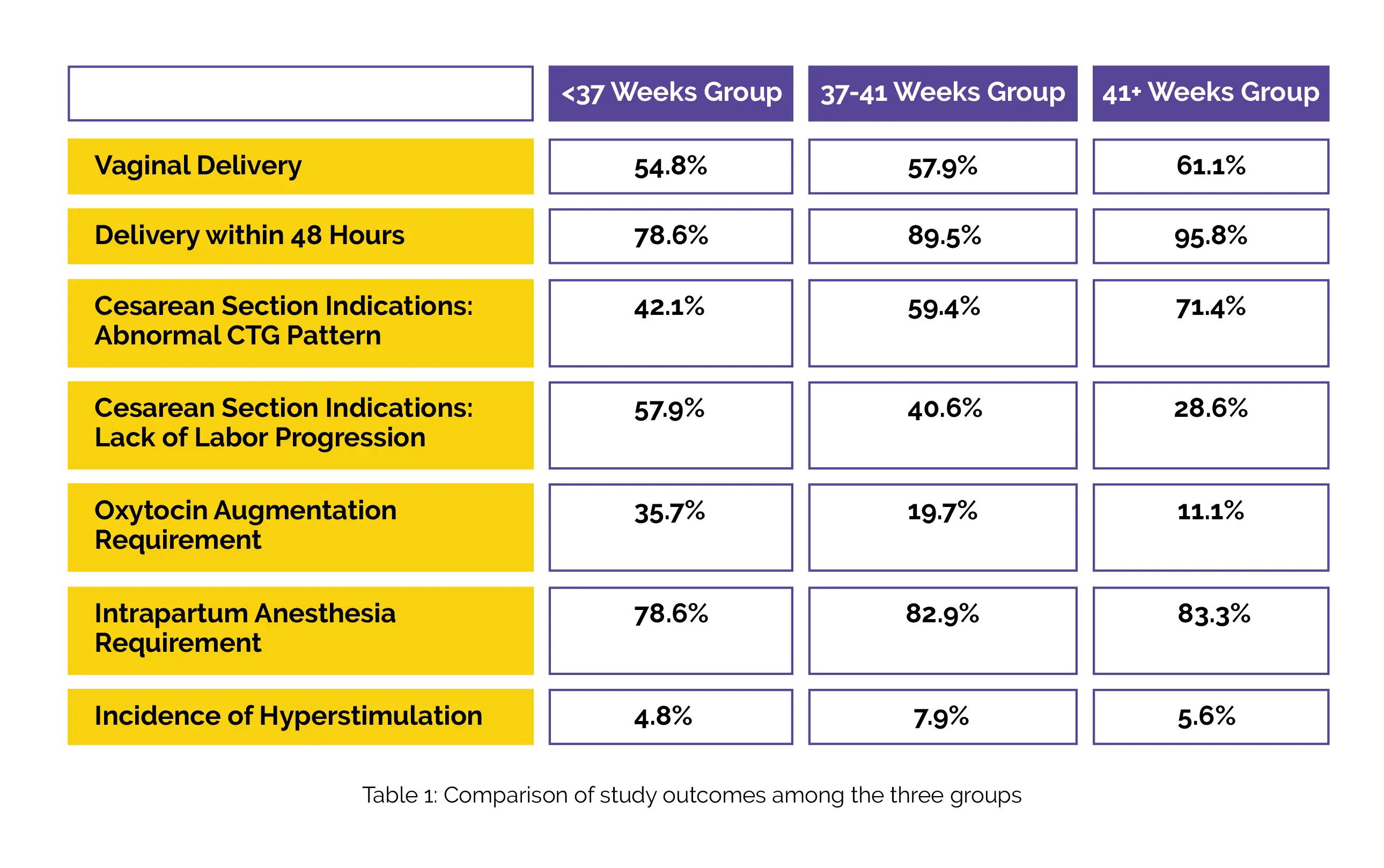Categories
Change Password!
Reset Password!


The effectiveness of Misoprostol vaginal insert as an induction-of-labor (IOL) agent in females with an unfavorable cervix was evaluated in a retrospective observational study, focusing on achieving vaginal delivery within 48 hours, considering intrapartum analgesia use, cesarean section rates, gestational week, and side effects like tachysystole ratio.
Vaginal Misoprostol is a beneficial cervical ripening agent that is efficient in achieving vaginal delivery, majorly in women with a highly unfavorable cervix and post-term pregnancies.
The effectiveness of Misoprostol vaginal insert as an induction-of-labor (IOL) agent in females with an unfavorable cervix was evaluated in a retrospective observational study, focusing on achieving vaginal delivery within 48 hours, considering intrapartum analgesia use, cesarean section rates, gestational week, and side effects like tachysystole ratio.
Out of the 6000 pregnant subjects screened, a total of 190 females (3%) who met the study inclusion criteria underwent vaginal Misoprostol IOL. The pregnant participants were divided into three groups based on their gestational age: <37 weeks of gestation (referred to as the "<37 Group") consisting of 42 patients, 37-41 weeks of gestation (referred to as the "37-41 Group") consisting of 76 patients, and ≥41 weeks of gestation (referred to as the "41+ Group") consisting of 72 patients. The study assessed various outcomes, including need for oxytocin augmentation, requirement for intrapartum analgesia, tachysystole rate, mode of delivery, and time to delivery.
As found, a higher percentage of volunteers in the 41+ weeks group achieved vaginal delivery compared to the <37 weeks and 37-41 weeks groups. Overall, a significant number of patients delivered within 48 hours. Cesarean section indications varied based on abnormal CTG patterns and lack of labor progression, with a higher rate of abnormal CTG patterns as cesarean section indications in the 41+ weeks group.
The need for oxytocin augmentation decreased significantly in the 41+ weeks group. The requirement for intrapartum anesthesia varied among the groups, with an elevated need in the 41+ weeks group. The incidence of hyperstimulation was similar across all three groups (Table 1).

The use of the Misoprostol vaginal regimen for IOL was favorable in achieving vaginal delivery within 48 hours. Specifically, in post-term women, this regimen resulted in reduced need for oxytocin, shorter time to delivery, and higher rates of vaginal deliveries.
Journal of Clinical Medicine
The Efficacy of Misoprostol Vaginal Inserts for Induction of Labor in Women with Very Unfavorable Cervices
Maciej W. Socha et al.
Comments (0)